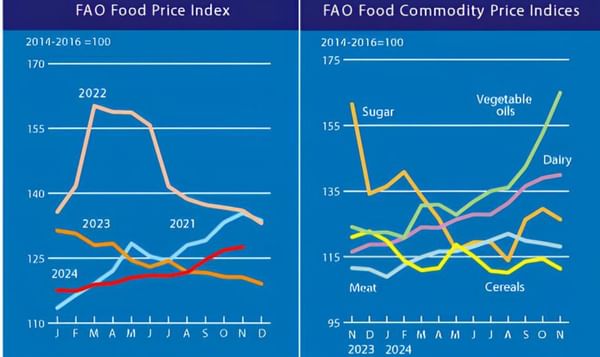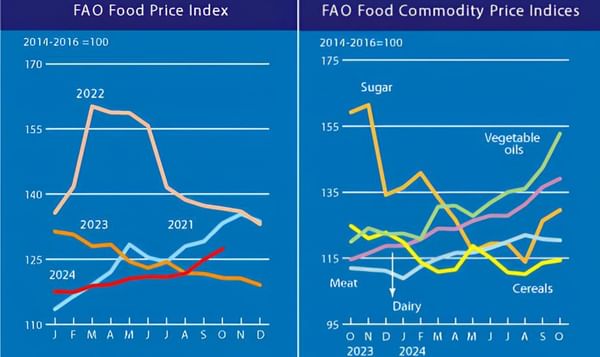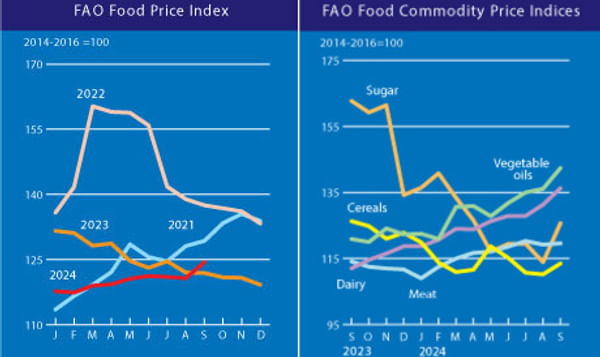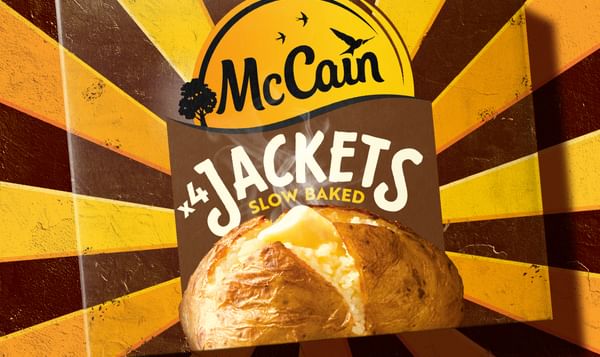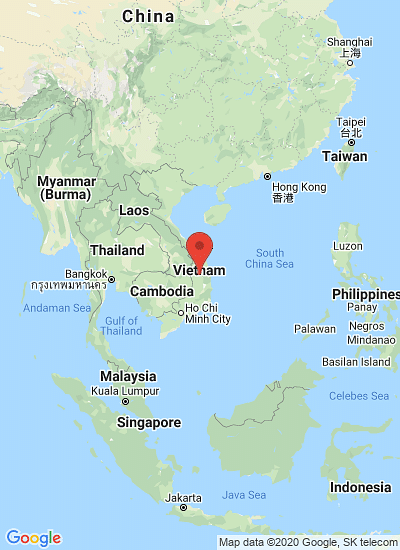The negotiation process of the Free Trade Agreement between the European Union and Vietnam was concluded in December 2015.
European Starch Industry comments on EU-Vietnam Free Trade Agreement
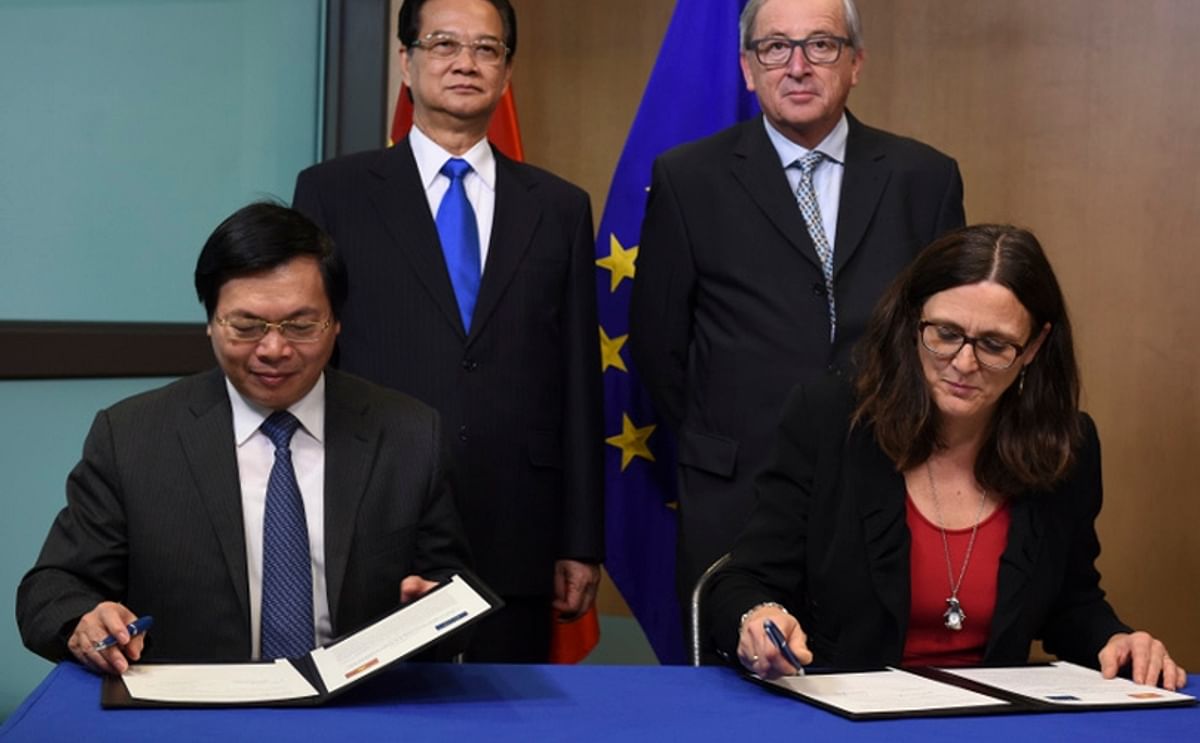
Starch Europe has commented on the Free Trade Agreement between Vietnam and the European Union.
The text of the free trade agreement (FTA) between the EU and Vietnam was published earlier today, following the conclusion of the negotiating process in December 2015. The agreement will now undergo a legal review and next be transmitted to the Council of the European Union and to the European Parliament for ratification.
EU Trade Commissioner Cecilia Malmström:
However, Starch Europe voiced its concern that for native tapioca starch - a direct competitor of EU potato starch - duty free quota of 30,000 tonnes have been agreed.
Jamie Fortescue, Managing Director Starch Europe:
The text of the free trade agreement (FTA) between the EU and Vietnam was published earlier today, following the conclusion of the negotiating process in December 2015. The agreement will now undergo a legal review and next be transmitted to the Council of the European Union and to the European Parliament for ratification.
EU Trade Commissioner Cecilia Malmström:
"I am glad that we now publish this agreement in line with our strong commitment to a transparent trade policy."She added that once approved, the agreement will unlock a market with huge potential for EU firms:
"Vietnam is a fast-growing economy of more than 90 million consumers with a growing middle class and a young and dynamic workforce. Its market offers numerous opportunities for the EU's agricultural, industrial and services exports. The agreement will also help trigger a new wave of high quality investment in both directions, supported by our new investment dispute resolution system with an appeal mechanism."Starch Europe - the trade association that represents the interests of the EU starch industry at European and international level - commented on the agreement and welcomed the fact that the quota for sensitive starch products (except native tapioca starch) has been kept to 2,000 tonnes.
However, Starch Europe voiced its concern that for native tapioca starch - a direct competitor of EU potato starch - duty free quota of 30,000 tonnes have been agreed.
Jamie Fortescue, Managing Director Starch Europe:
"Starch Europe welcomes the fact that the Commission has taken into account the sensitivities of EU starch producers in its negotiations with Vietnam. We particularly welcome the fact that the quota for all sensitive starch products, except native tapioca starch, has been kept to 2,000 tonnes. We are concerned however about the 30,000 tonnes duty free quota which has been agreed for native tapioca starch. "
"Native tapioca starch is a direct competitor to EU native potato starch. The EU market for native potato starch is approximately 400,000 tonnes. The quota allowed for Vietnamese native tapioca starch therefore represents approximately 8% of the market. This quota is on top of the TRQ of 10 000 tonnes for native tapioca starch from Thailand and the TRQ of 10 500 tonnes for native tapioca starch from the rest of the world. "
"As the Commission is well aware, the EU potato starch sector is going through a difficult transition period since the end of coupled support in 2012. We very much hope that this draft agreement with Vietnam will not act as a precedent for ongoing FTA negotiations with other tapioca starch producing third countries (notably Thailand)."
Like to receive news like this by email? Join and Subscribe!
Join Our Telegram Channel for regular updates!
Uitgelichte Bedrijven
Sponsored Content
Sponsored Content
Sponsored Content
Sponsored Content
Sponsored Content



